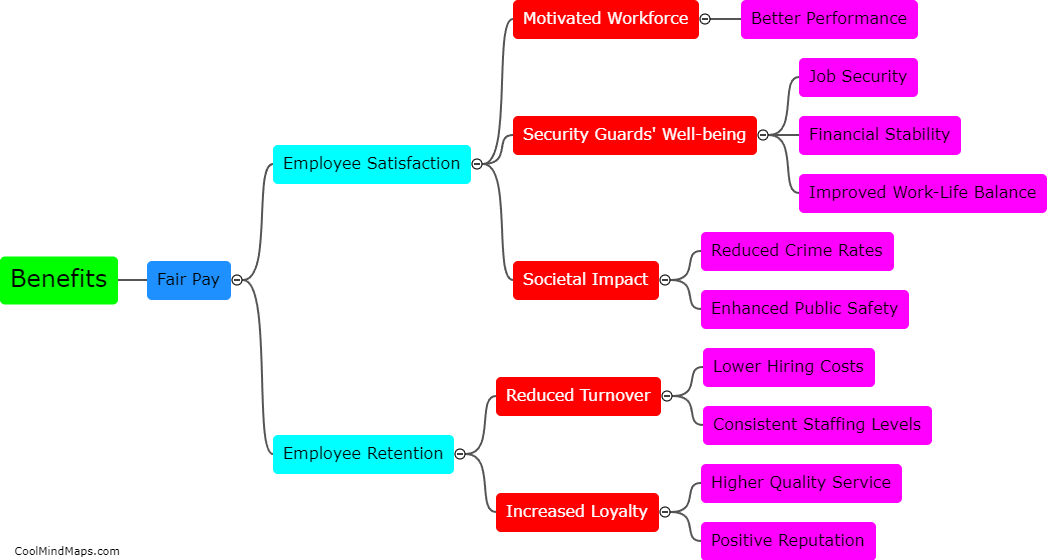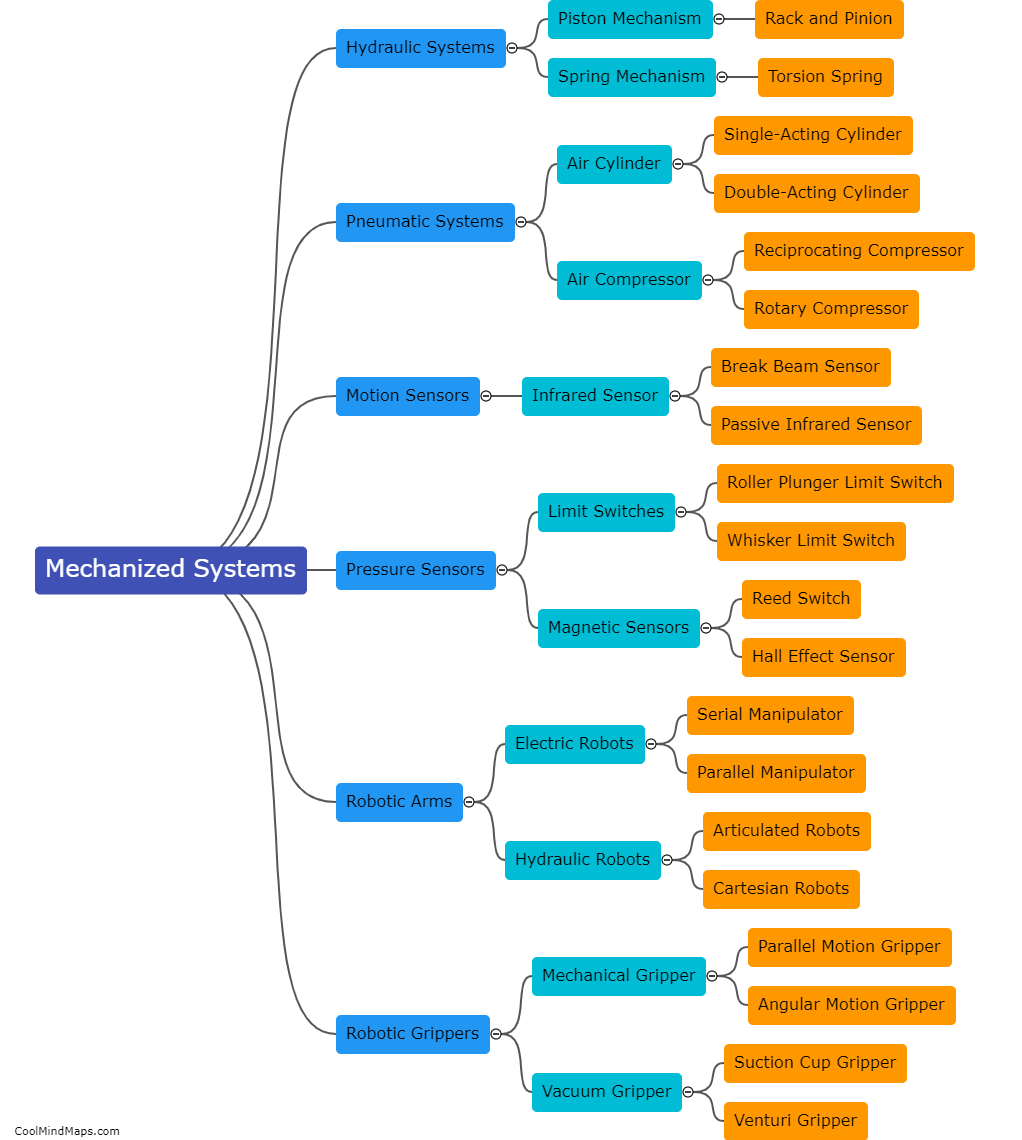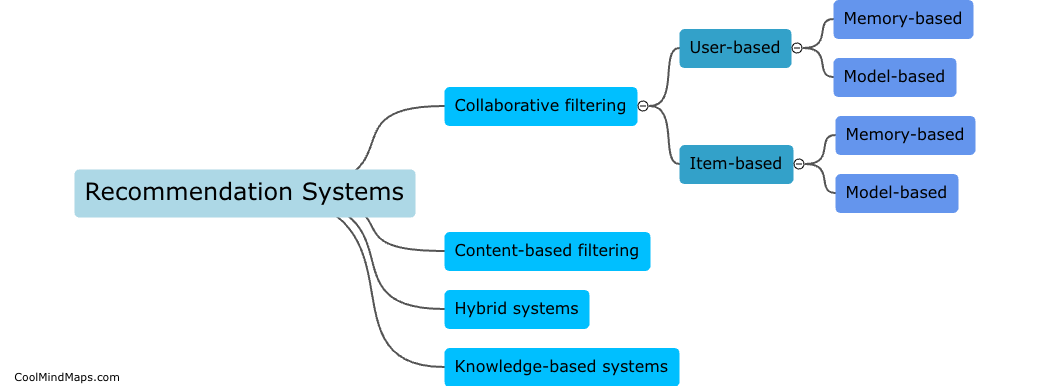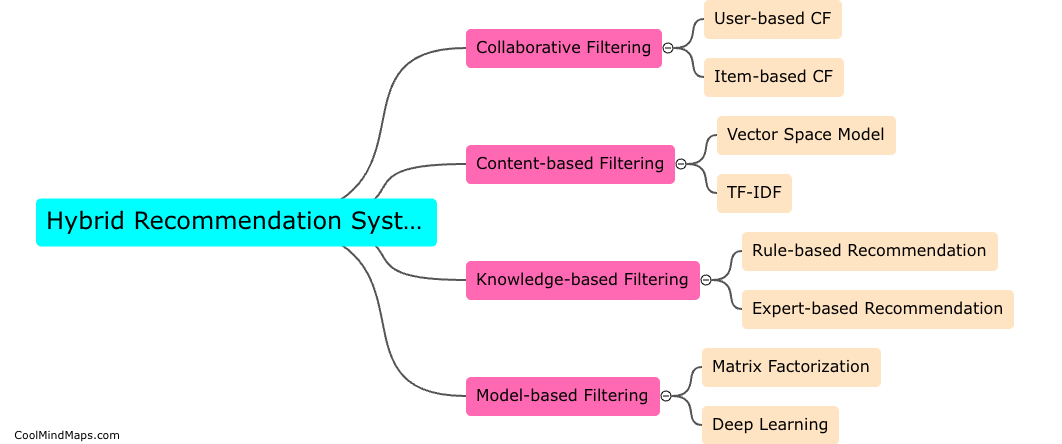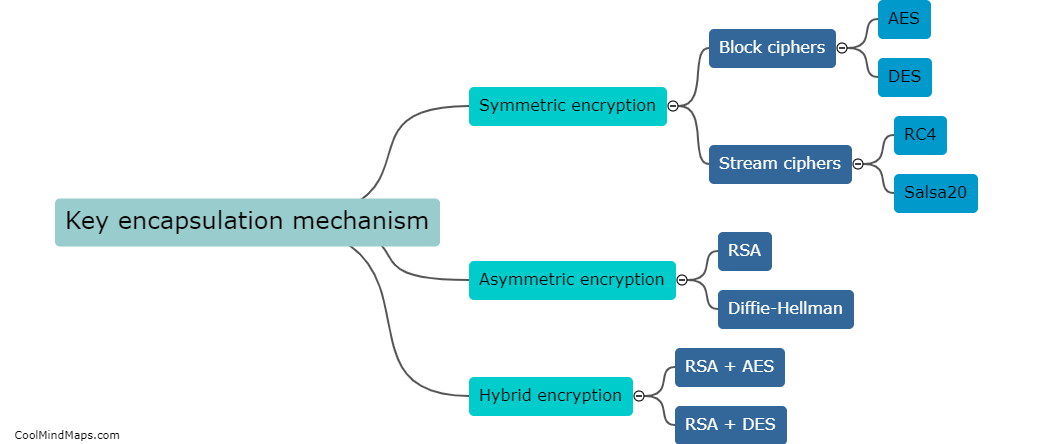How do content-based recommendation systems work?
Content-based recommendation systems work by analyzing the characteristics and properties of items to make personalized recommendations. These systems first collect information about users' preferences and interests, typically through explicit ratings or implicit feedback. Then, they extract features from the items, such as text, keywords, or metadata, to create a profile or representation of each item. By analyzing the content of these profiles and comparing them to the user's profile, the system can identify items that are relevant and likely to be of interest to the user. This matching process is often based on similarity measures or algorithms that quantify the overlap between the user's preferences and the content features of the items. Overall, content-based recommendation systems leverage the content of items and users' preferences to generate personalized recommendations that help users discover relevant and interesting content.

This mind map was published on 3 February 2024 and has been viewed 99 times.


